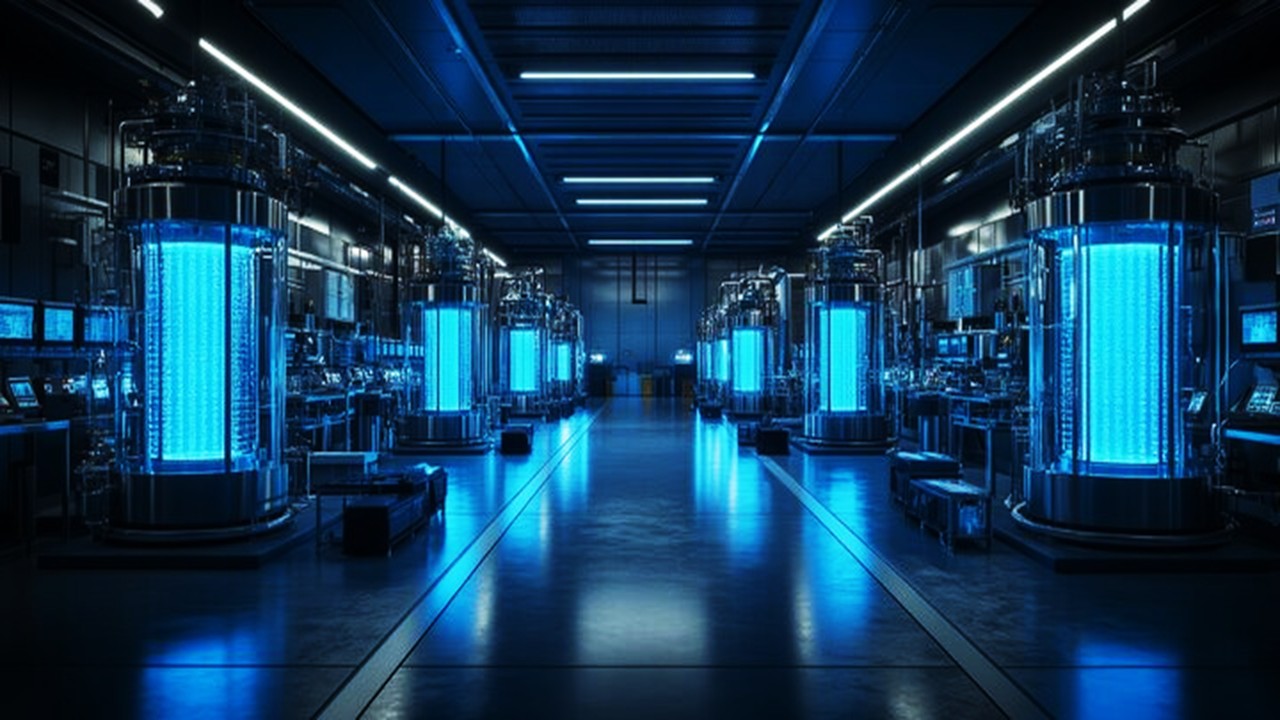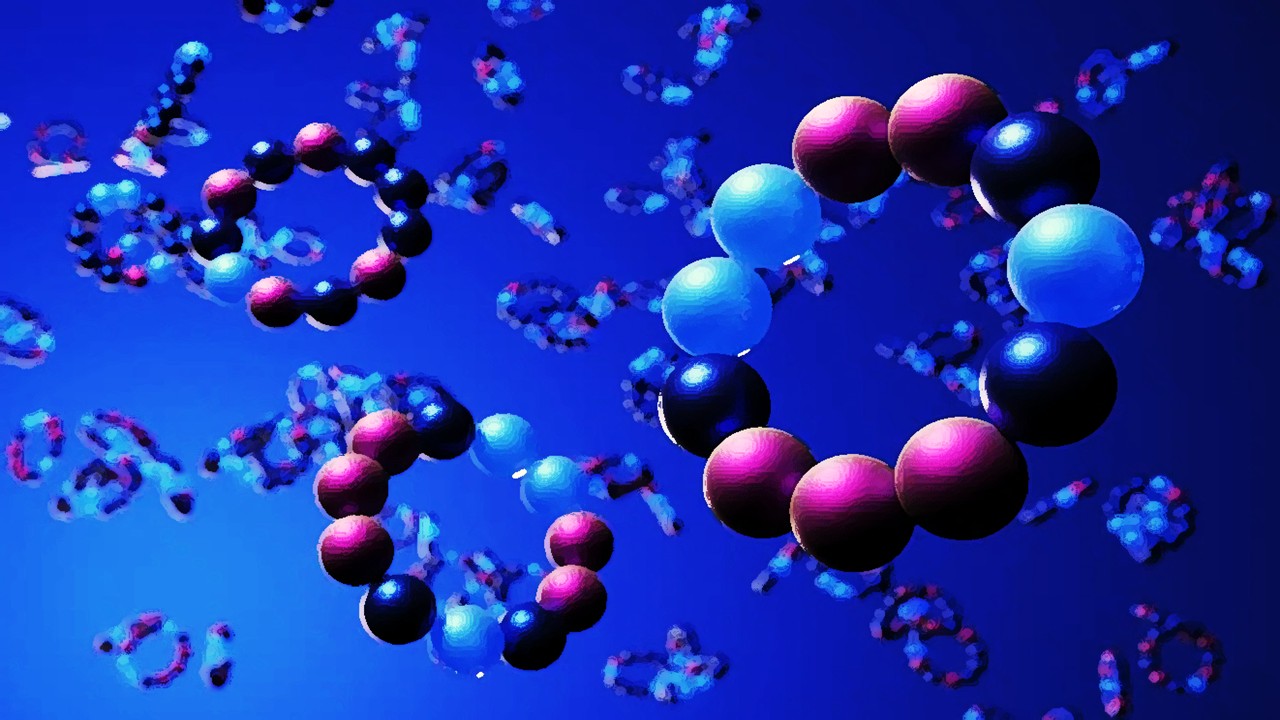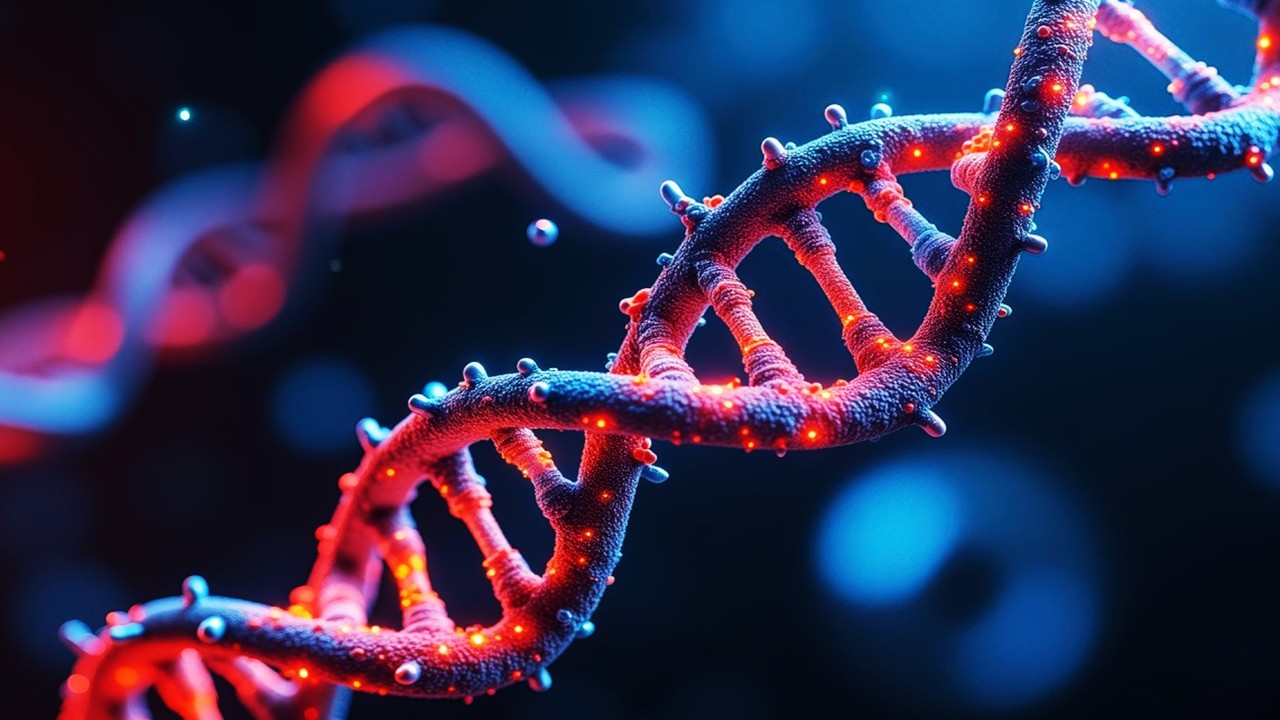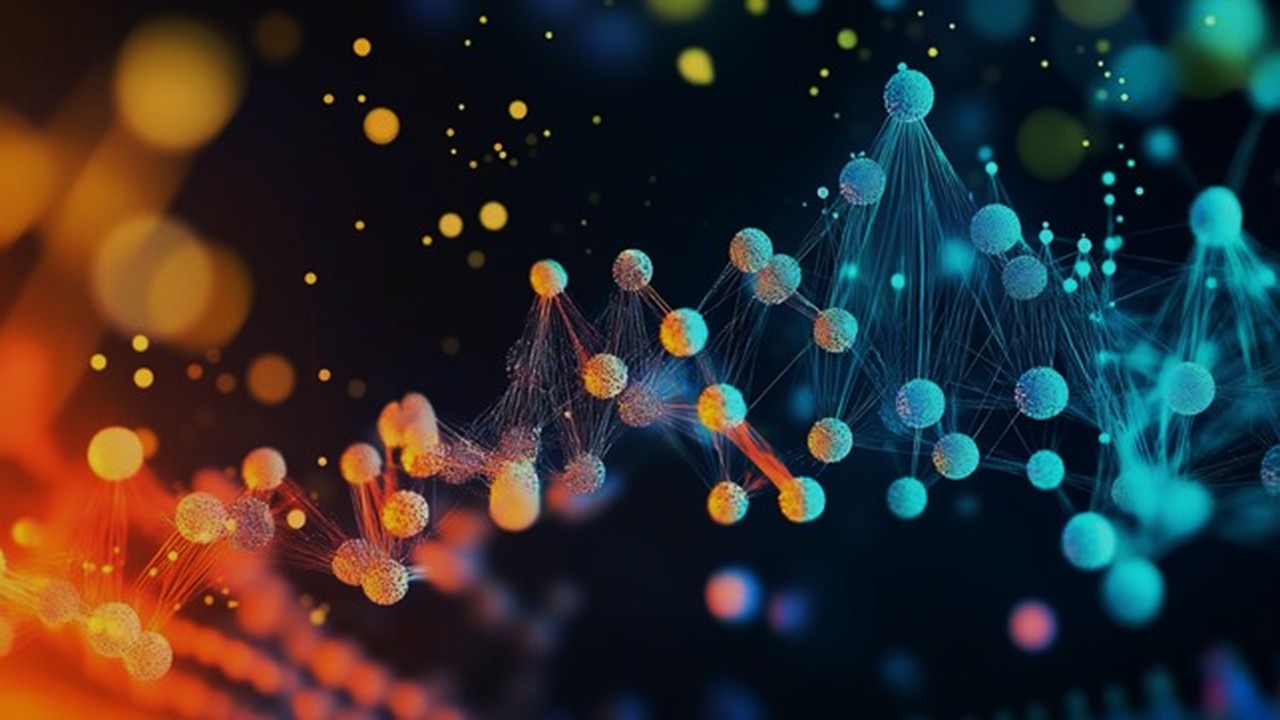The Need for Life Cycle Analysis in Green Chemistry
Green chemistry has emerged as a fundamental pillar in the shift toward sustainable industrial practices, aiming to reduce environmental harm through the design of safer chemical products and processes. However, determining whether a given green chemical process truly reduces environmental impact requires more than just adopting alternative solvents or designing energy-efficient reactions. Life Cycle Analysis (LCA) has become the gold standard for evaluating the overall sustainability of these processes, providing a systematic assessment of environmental burdens associated with each stage of a product’s life, from raw material extraction to eventual disposal. This approach is necessary to ensure that improvements in one phase do not inadvertently create new environmental challenges elsewhere in the production or supply chain.
The utility of LCA lies in its ability to track inputs and outputs across a product’s entire life cycle, offering a more comprehensive perspective than localized assessments that focus solely on individual process steps. By quantifying energy consumption, emissions, and resource depletion, LCA helps manufacturers identify opportunities to optimize efficiency, reduce waste, and minimize carbon footprints. Without this level of analysis, chemical processes marketed as “green” may simply shift the environmental burden from one phase of production to another rather than eliminating it entirely. As the global chemical industry grapples with increasing regulatory pressures and environmental accountability, integrating LCA into decision-making is becoming essential for achieving truly sustainable innovation.
Life Cycle Analysis and Its Role in Process Optimization
Life Cycle Analysis operates as a holistic assessment framework that identifies the environmental impact of chemical processes at every stage of their development and use. It begins with defining the study’s goals and system boundaries, which determine the scope of analysis. A critical challenge in applying LCA is ensuring that system boundaries are comprehensive enough to capture all significant environmental burdens while avoiding unnecessary complexity. In green chemistry, this means considering not just raw material sourcing and chemical synthesis but also factors like solvent recovery, process energy demands, transportation logistics, and end-of-life product disposal.
Once system boundaries are defined, the next step in LCA involves data collection to quantify material inputs, energy usage, emissions, and waste generation. This process requires meticulous tracking of chemical reactions, feedstock sources, and operational conditions. Many green chemical processes claim to reduce environmental impact by using bio-based or renewable feedstocks, but a full LCA often reveals hidden trade-offs. For example, switching from petroleum-derived solvents to bio-based alternatives may reduce fossil fuel dependency, but it may also increase land use, water consumption, or agricultural chemical runoff. Without an LCA, such unintended consequences could go unnoticed, potentially offsetting the environmental benefits of the original intervention.
The final stages of an LCA involve impact assessment and interpretation, where data is analyzed to quantify effects such as greenhouse gas emissions, water pollution, toxicity, and resource depletion. This phase provides actionable insights for refining green chemical processes. A process that appears environmentally superior based on carbon footprint alone may have adverse impacts on water resources or biodiversity. Thus, LCA results must be carefully interpreted to ensure that sustainability claims hold up across multiple environmental criteria. The challenge for scientists and manufacturers is to use these findings to create balanced solutions that do not merely shift environmental impacts from one category to another.
Integrating Life Cycle Analysis with Green Chemistry Principles
Green chemistry and LCA serve as complementary approaches in the pursuit of sustainable chemical manufacturing. While green chemistry focuses on the design of safer and more efficient reactions, LCA provides the necessary tools to evaluate whether these improvements translate into real-world environmental benefits. The integration of these two disciplines allows scientists to develop chemical processes that are not only theoretically sustainable but also practically viable from a resource and energy perspective.
One of the key areas where LCA is crucial in green chemistry is solvent selection. Many industrial chemical processes rely on solvents to facilitate reactions, purifications, or extractions, but conventional solvents often contribute to environmental toxicity and high energy consumption due to their volatility and disposal requirements. Alternative solvents, such as water, ionic liquids, or supercritical fluids, have gained attention for their perceived environmental benefits. However, a full LCA is required to determine whether these alternatives truly reduce overall impact. For example, while water is often considered the most environmentally benign solvent, its use in large-scale industrial reactions can demand substantial energy for heating and drying, potentially negating its advantages over organic solvents. Without an LCA, process optimizations that appear sustainable on the surface may ultimately prove inefficient when viewed through a broader lens.
Another critical application of LCA in green chemistry is in the design of catalytic systems. The shift from traditional stoichiometric reagents to catalytic methods is a fundamental principle of green chemistry, aimed at reducing waste and improving efficiency. However, some catalysts rely on rare or precious metals, raising concerns about resource depletion and environmental extraction impacts. LCA can assess whether a catalytic process truly offers a net benefit when considering the energy-intensive mining, refining, and disposal of catalyst materials. This level of analysis ensures that the pursuit of sustainability is not limited to reaction efficiency alone but extends to the entire supply chain and life cycle of the materials involved.
Challenges and Limitations of Life Cycle Analysis in Chemical Processes
Despite its advantages, the application of LCA to chemical manufacturing is not without challenges. One of the most significant obstacles is the availability and quality of data. Accurate LCA studies require detailed information about raw material sourcing, reaction conditions, energy use, and emissions, but such data is often proprietary, incomplete, or difficult to obtain. The lack of standardized databases for chemical processes makes it challenging to conduct consistent comparisons between different production methods.
Additionally, defining the appropriate scope for an LCA study can be complex. Decisions about whether to include infrastructure energy costs, waste treatment, or transportation logistics can significantly influence the outcomes. The broader the scope, the more comprehensive the assessment, but an overly expansive study may introduce unnecessary complexity and uncertainty. Striking the right balance between thoroughness and practicality is crucial for ensuring that LCA results are both meaningful and actionable.
Interpreting LCA results also presents difficulties, particularly when trade-offs exist between different environmental impact categories. A chemical process that reduces carbon emissions may require more water, or a method that minimizes toxic byproducts may generate additional solid waste. Scientists and policymakers must carefully navigate these trade-offs to avoid favoring one sustainability metric at the expense of another. This highlights the need for a multidisciplinary approach, integrating expertise from chemistry, environmental science, engineering, and economics to develop holistic solutions.
Sustainability and the Future of Life Cycle Analysis in Green Chemistry
As the chemical industry faces mounting regulatory and consumer pressures to improve sustainability, the role of LCA in green chemistry will only become more critical. Governments and environmental organizations are increasingly incorporating life cycle metrics into sustainability certifications, emissions regulations, and industrial best practices. By mandating transparency in environmental impact assessments, these policies are pushing chemical manufacturers toward more accountable and data-driven decision-making.
Beyond regulatory compliance, LCA also supports the broader transition toward circular economy principles in chemical manufacturing. By identifying inefficiencies in material use, energy consumption, and waste generation, LCA can drive innovation in recycling, waste valorization, and process optimization. The future of sustainable chemistry will rely on integrating life cycle thinking at every stage of product development, ensuring that sustainability is embedded not just in individual reactions but across entire production systems.
The Path Forward for Sustainable Chemical Manufacturing
The adoption of Life Cycle Analysis in green chemistry represents a crucial step toward truly sustainable chemical manufacturing. By providing a comprehensive framework for evaluating environmental impacts, LCA helps scientists and engineers make informed decisions that go beyond superficial sustainability claims. However, the success of this approach depends on addressing challenges related to data availability, scope definition, and impact trade-offs. As technology and data science advance, LCA methodologies will become more refined, enabling even greater precision in sustainability assessments.
The future of green chemistry will not be defined solely by individual reaction efficiencies or material substitutions but by a systems-level understanding of environmental impact. By integrating rigorous life cycle thinking into every aspect of chemical innovation, the industry can move beyond incremental improvements and toward genuinely transformative sustainability solutions.
Engr. Dex Marco Tiu Guibelondo, B.Sc. Pharm, R.Ph., B.Sc. CpE
Subscribe
to get our
LATEST NEWS
Related Posts
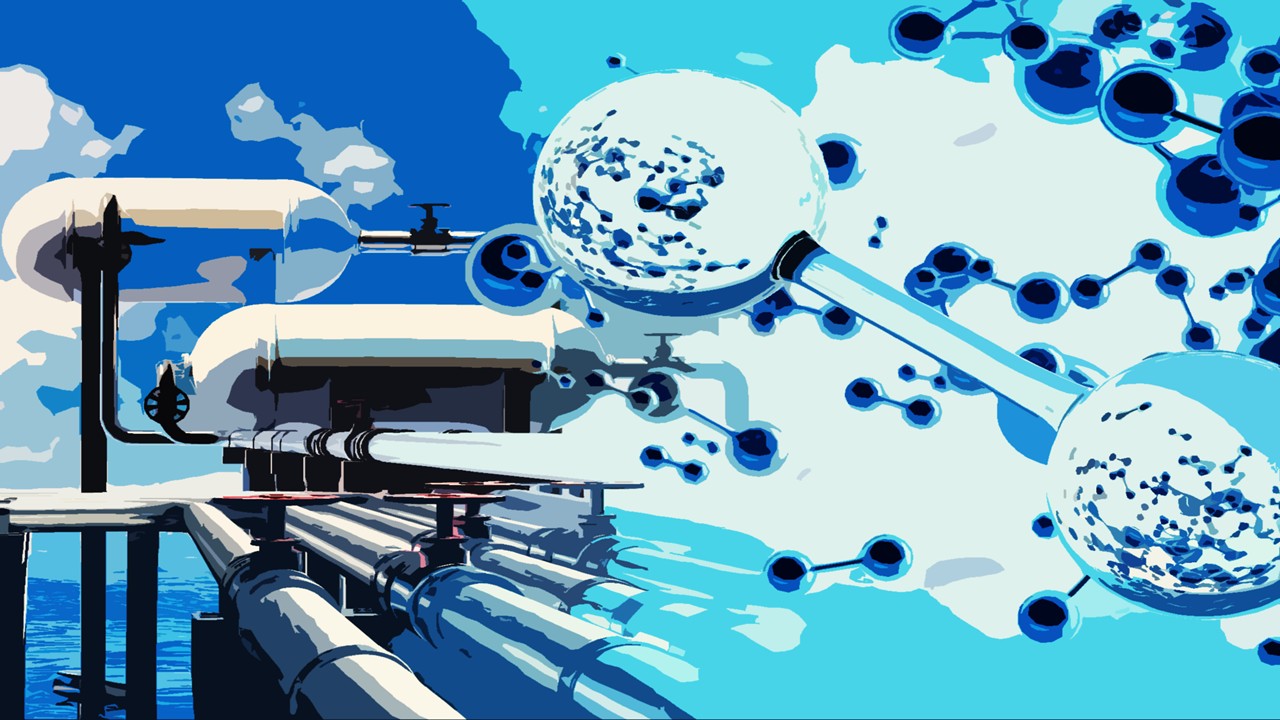
Chemistry, Manufacturing & Controls
The Hydrogen Equation: Rewriting Chemical Manufacturing for a Cleaner Future
Clean hydrogen symbolizes more than low emissions—it represents a commitment to circularity, precision, and regenerative design.

Chemistry, Manufacturing & Controls
The Biomass Imperative: Nature’s Chemical Feedstock for a Post-Petroleum World
The transition from fossil to biomass feedstocks represents more than substitution—it’s a fundamental reimagining of chemical manufacturing’s first principles.
Read More Articles
Pathogenic Targeting 5.0: The Rise of RNA Therapeutics and Peptide-Based Drugs in Modern Medicine
Unlike traditional small-molecule drugs, which interact with proteins, RNA therapies modulate gene expression directly, enabling interventions at the root of disease.





